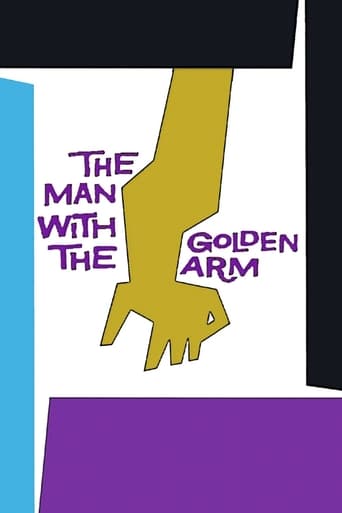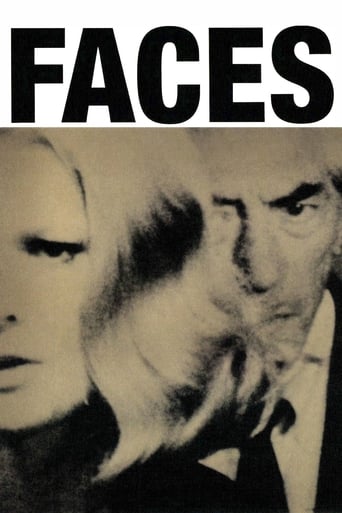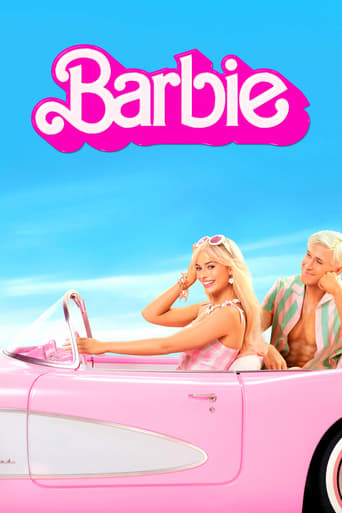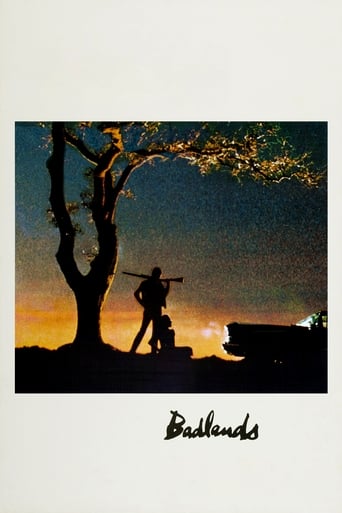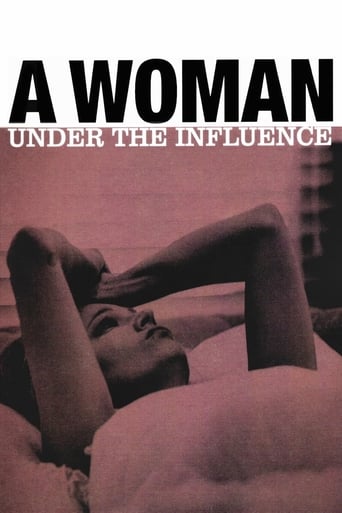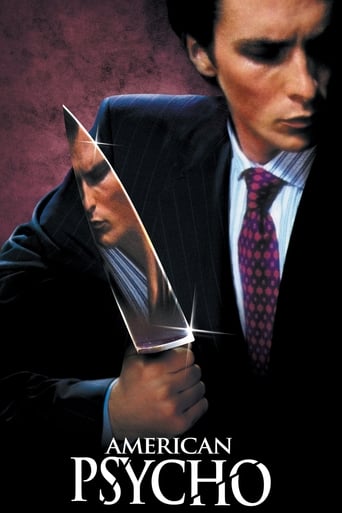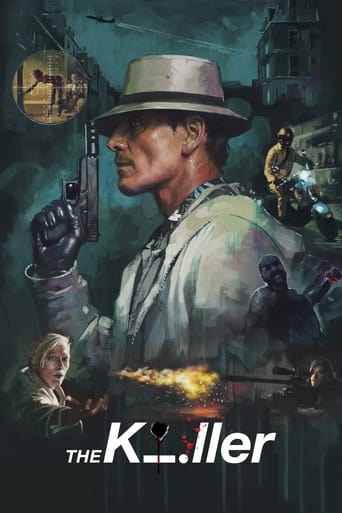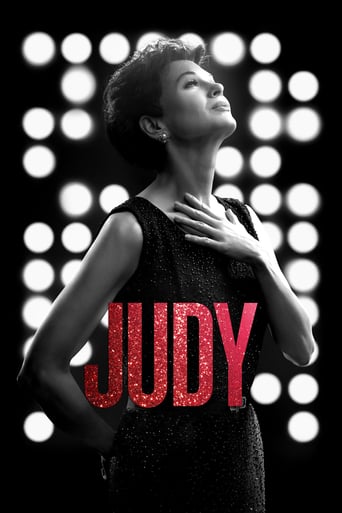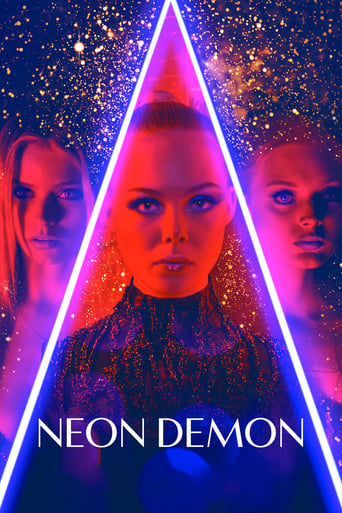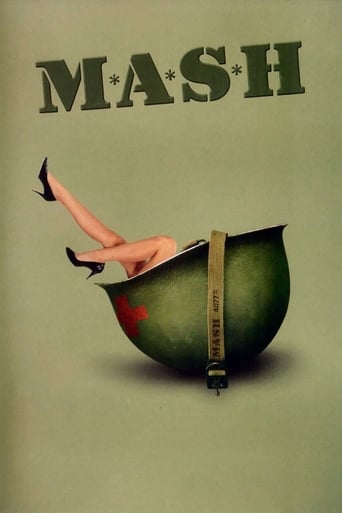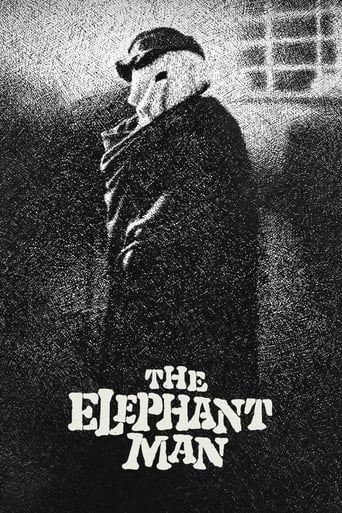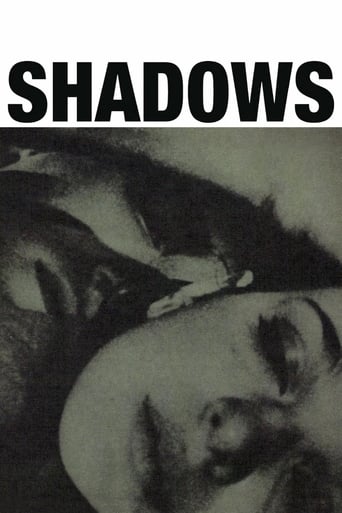


Shadows
The relationship between Lelia, a light-skinned black woman, and Tony, a white man is put in jeopardy when Tony meets Lelia’s darker-skinned jazz singer brother, Hugh, and discovers that her racial heritage is not what he thought it was.
-
- Cast:
- Ben Carruthers , Lelia Goldoni , Hugh Hurd , Anthony Ray , Tom Reese , Rupert Crosse , Ronald Maccone


Similar titles

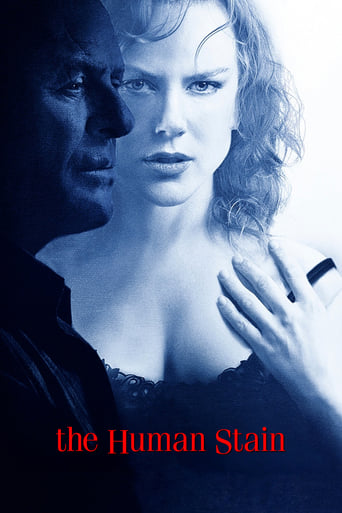
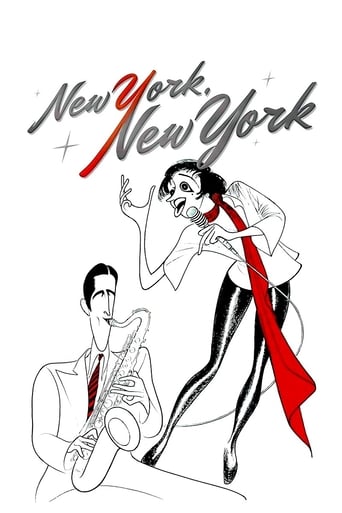

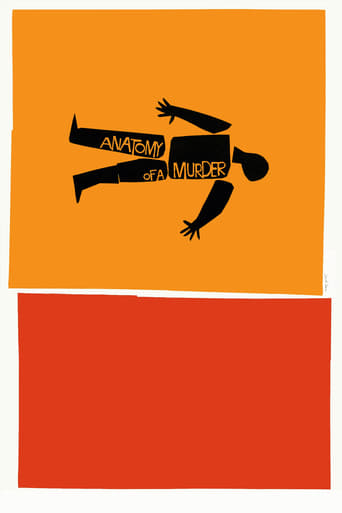
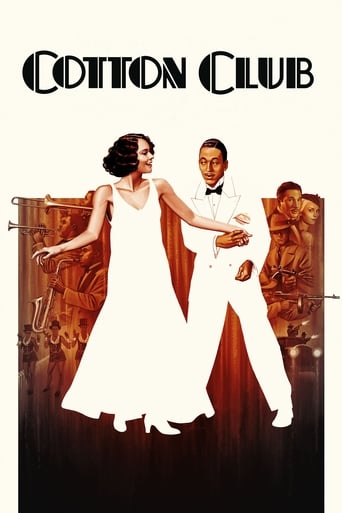
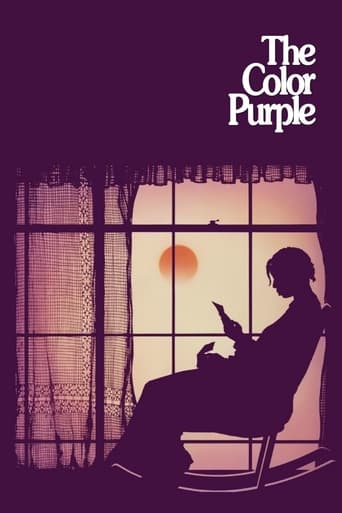
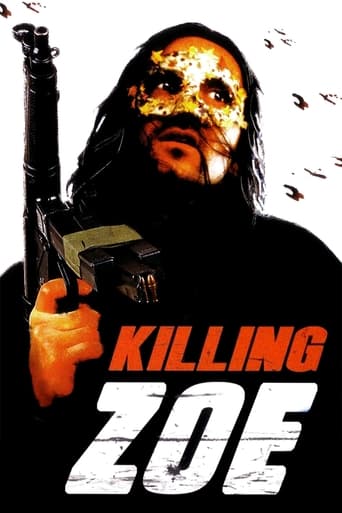

Reviews
That was an excellent one.
When a movie has you begging for it to end not even half way through it's pure crap. We've all seen this movie and this characters millions of times, nothing new in it. Don't waste your time.
It is both painfully honest and laugh-out-loud funny at the same time.
Through painfully honest and emotional moments, the movie becomes irresistibly relatable
The godfather of independent cinema and one of the titans of forwarding film as a means of artistic expression, John Cassavetes is a filmmaker, I'm sorry to say, I'm just now diving into. I have been intrigued by the way in which Cassavetes went about his art, acting in films as a means to finance his own and remain independent from the studio system and every creative restriction that brings. Working as few filmmakers have the chance to, Cassavetes was able to take as long as he wanted with each of his films, shooting, editing, and reshooting until he was fully satisfied with the final product. I suppose being involved continuously in another film project coupled with the intimidation to begin watching his work; it's taken me much longer embark on a journey through Cassavetes filmography than I would have liked. In October of last year, I unreservedly fell in love with Brain De Palma's 1978 film THE FURY, and as odd as that bridge is, that film is what pushed me into seeing, at long last, the work made by Cassavetes. The gracefully imperfect feature film debut of Cassavetes' SHADOWS was, apparently, filmed twice. A nearly extinct version screened in 1957 was refilmed and replaced with the 1959 version which I watched. Completed with a minuscule budget using a crew of novice actors Cassavetes was so displeased with the audience reaction to the initial screening that he filmed the second version known today. A title card at the close of the film reveals that SHADOWS was an experiment in improvisation. The story of a family of musicians involved in the beat scene in Manhattan is told lyrically against a remarkable jazz score, flowing between the three family members brilliantly. Benny (Ben Carruthers) and Hugh (Hugh Hurd) vary in their in their commitment to their music and their belief that they can make it on their musical talents, but not in their love and protective instincts of their sister Lelia. Lelia (Lelia Goldoni) is also going through the motions of life until she meets Tony (Anthony Ray) and allows herself to believe this might be the love of her life. The prospect of beginning an inter-racial relationship scares Tony away, however, and her brothers must heal the hurt in Leila's heart. Filmed in beat to the music it is scored with; SHADOWS moves between each character in the film in Capriccio, giving the impression that each person is independent of the other, only for the ending to reveal that each is in sync with the other. Each principal has their individual motivation despite working as a unit. Leila seeks love, Benny is searching for purpose, and Hugh is pursuing confidence. Their family bond is strong, yet Cassavetes brilliantly illustrates the agency of each and their separate stories that beg to be told. The improvisational style and the nonprofessional actors lend to the realism and struggle of both racism and what it means to chase a dream. I was reminded throughout the film, especially during its opening, of Louis Malle's heavily jazz-inspired 1958 feature, ELEVATOR TO THE GALLOWS. The black and white photography of the light-drenched city streets with the dazzling jazz score and frenetic energy of a young filmmaker show just how radiant the debuts of two very different directors can be. Shadows may not have hit every note, but it is a film that acts as a sublime preview of the brilliance that Cassavetes' capability.
John Cassavetes shot his first film in the streets of New York and it was almost totally improvised, (for instance, all the characters are named for the actors playing them), taking race as his subject. There was no way this would play in Middle America but it broke new ground and established Cassavetes as a major talent, particularly in Europe, (it was nominated for Best Film from Any Source at the BAFTA's), where cinema meant a hell of a lot more than selling popcorn.The plot is virtually irrelevant, in fact you might say it is non-existent, and the acting of Lelia Goldoni, Ben Carruthers and Hugh Hurd as the three siblings whose lives it follows, is ropy at best but the film has a raw intensity that still astonishes to this day. It's also probably the best record yet of what became known as 'the beat generation'. Over 50 years later young film-makers are still copying Cassavetes' style.
in 1959, the revolutionary French New Wave movement was taking place. Spearheaded by film critics turned film makers who wanted a change from the tradition of quality, prestige films based on novels in rigid structures, the new wave went in the polar opposite direction. These were low budget, contemporary films, often with non professional actors with no adherence to traditional narrative structure. Ironically, in 1959, there was a film being made in America that was low budget (no studio funding at all), non professional actors, contemporary, and no adherence to narrative structure. This film was John Cassavette's "Shadows"."Shadows" could be described less as a story and more a glimpse into the lives of three individuals. Where it begins is virtually arbitrary, and it ends without any meaningful resolution. The dialogue, as would be typical of Cassavette, felt improvised and more like real life was being filmed. For the time it was unheard of, and even today you would seldom see a movie like this, or at least not in the main stream.Of course a movie being "realistic" does not make it inherently good, contrary to what some may believe. The strength of "Shadows" lies in it's fully realized characters and situations. Every actor really brings the character they play, however important or non important, to life. Every emotion, from small talk and wise cracks among friends, to consoling a broken hearted sibling, to getting into a near fight, feels absolutely legitimate. We have Hugh, the sibling with darker skin, who struggles with his lounge singing career while struggling to maintain artistic integrity and be the rock of his family. There's his brother, Ben, who is lighter skinned, that hangs out with trouble making friends. Finally their sister, Lelia, who easily passes off as white, trying to break away from her little sister role and finds herself in a romantic relationship. There really is no main character, all three have their own little thread going on that often crosses over with the others, but doing so naturally. Although racism does come up at one integral point in the movie, this isn't really a movie that focuses on racial issues.Most of the things these characters deal with are universal.Note must also be made of the jazz soundtrack that helps light a constant fire under the movie, and truly helps make it a time capsule for 1950's Manhatten. I feel the movie would truly lose some of it's fire and passion without this score. At the end of the day, passion may be the key word for this film. Either you're swept up in the authentic displays of human interaction and emotion, or you're likely wading through the longest 82 minutes of your life. If the latter, than the strong performances and intimate cinematography, the innovation, won't mean very much.
John Cassavetes' jazz-scored improvisational film explores interracial friendships and relationships in Beat-Era (1950s) New York City.How fascinating that the characters briefly discuss existentialism, the thoughts of Jean-Paul Sartre and put the film in the context of the beat generation. Those of us not having lived at the time may not be sure how influential Sartre was in his own day. He certainly still is today (2013), but it is nice to see how he influenced thought and film early on. Can any philosopher today claim to have such potency? Can the average person name a living philosopher?The film itself may not be a Beat film, but the action clearly takes place on the edge of the Beat world. Much of the lingo (like "mad chick") works itself into the story, and there is, of course, the jazz theme.The film is said to be an "improvisation", and one wonders to what degree there was a script and how much was truly improv. All the characters share their names with the actors that play them, making the lines much more blurred than in a strictly script-based acting job. This is not to say there was no acting -- the characters are all incredible.Where this picture excels, though, is with racial issues. We see that racism is often really only skin deep -- a black woman with light skin is seen as white, despite having a black family, raised in a black community, and so on. How much should our skin dictate our identity?Cassavetes successfully worked outside the studio framework, and while there may be a lack of budget and polish, what replaces it is a heart and soul the studio never had (and some might say still does not have today).

